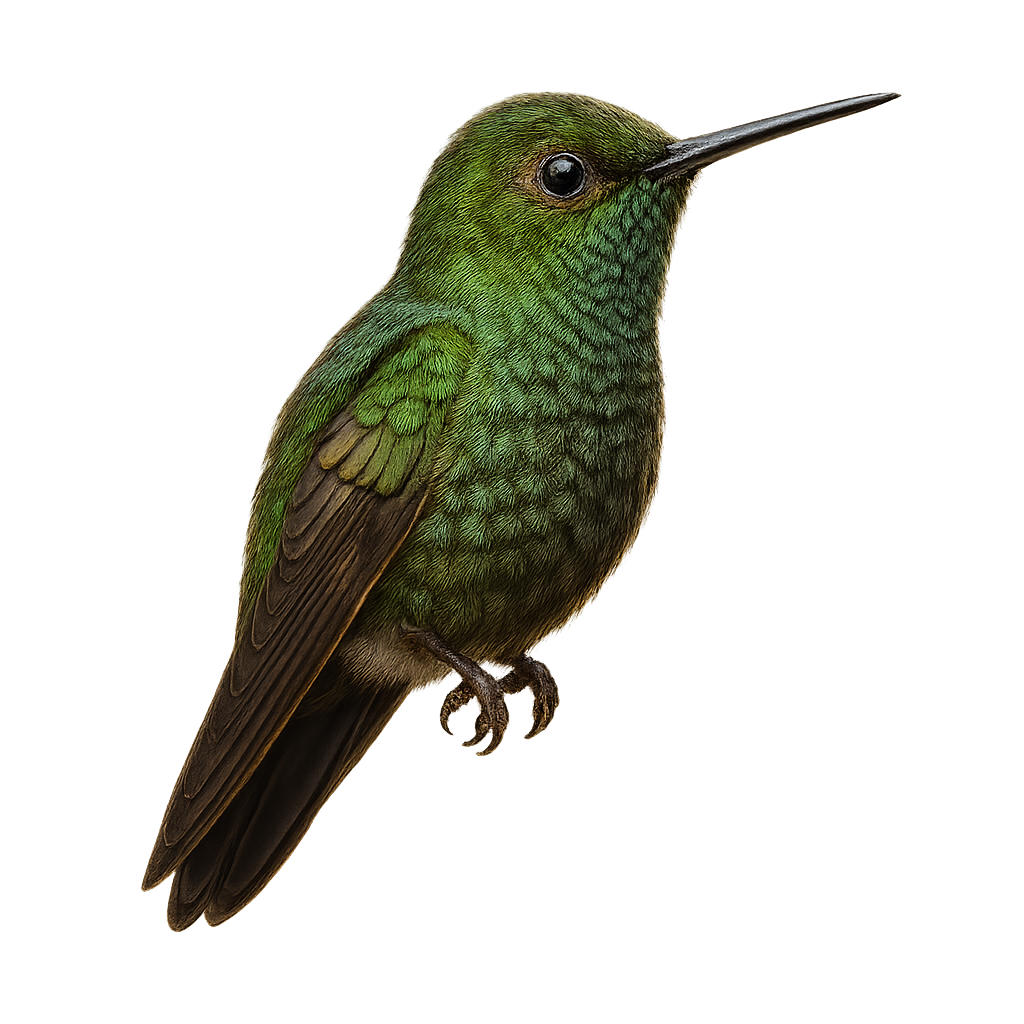Your wildlife photography guide.
Explore the buff-tailed coronet in detail, study its behavior, prepare your shots.
Where to observe and photograph the buff-tailed coronet in the wild
Learn where and when to spot the buff-tailed coronet in the wild, how to identify the species based on distinctive features, and what natural environments it inhabits. The WildlifePhotographer app offers tailored photography tips that reflect the buff-tailed coronet’s behavior, helping you capture better wildlife images. Explore the full species profile for key information including description, habitat, active periods, and approach techniques.
Buff-tailed Coronet
Scientific name: Haplophaedia assimilis

IUCN Status: Least Concern
Family: TROCHILIDAE
Group: Birds
Sensitivity to human approach: Suspicious
Minimum approach distance: 5 m
Courtship display: February to April
Incubation: 17-19 jours
Hatchings: March to May
Habitat:
Humid forests, forest edges, mountainous areas
Activity period :
Primarily active during the day, with peak activity in the morning and late afternoon.
Identification and description:
The Buff-tailed Coronet, or Haplophaedia assimilis, is a fascinating small hummingbird known for its striking plumage and distinctive tail. This bird features predominantly green plumage with metallic sheens, while its tail is relatively long and slender, giving it its name. It is mainly found in the humid forests of the Andes, where it feeds on nectar and plays a crucial role in pollinating local plants. Its fast and agile flight allows it to move easily between flowers. Although discreet, it is often observed defending its territory against other hummingbirds. The Buff-tailed Coronet is a perfect example of hummingbird adaptation to mountainous environments.
Recommended lens:
400mm – adjust based on distance, desired framing (portrait or habitat), and approach conditions.
Photography tips:
To photograph the Buff-tailed Coronet, it is advisable to use a telephoto lens of at least 400mm to capture the details of its plumage without disturbing it. Look for it in the humid forests of the Andes, where it is often active during the day. Be patient and discreet, as although it is suspicious, it can get used to your presence if you remain still. Try to capture its fast flight and interactions with flowers, which may require a fast shutter speed to freeze the motion.
The WildlifePhotographer App is coming soon!
Be the first to explore the best nature spots, track rutting seasons, log your observations, and observe more wildlife.
Already 1 432 wildlife lovers subscribed worldwide

